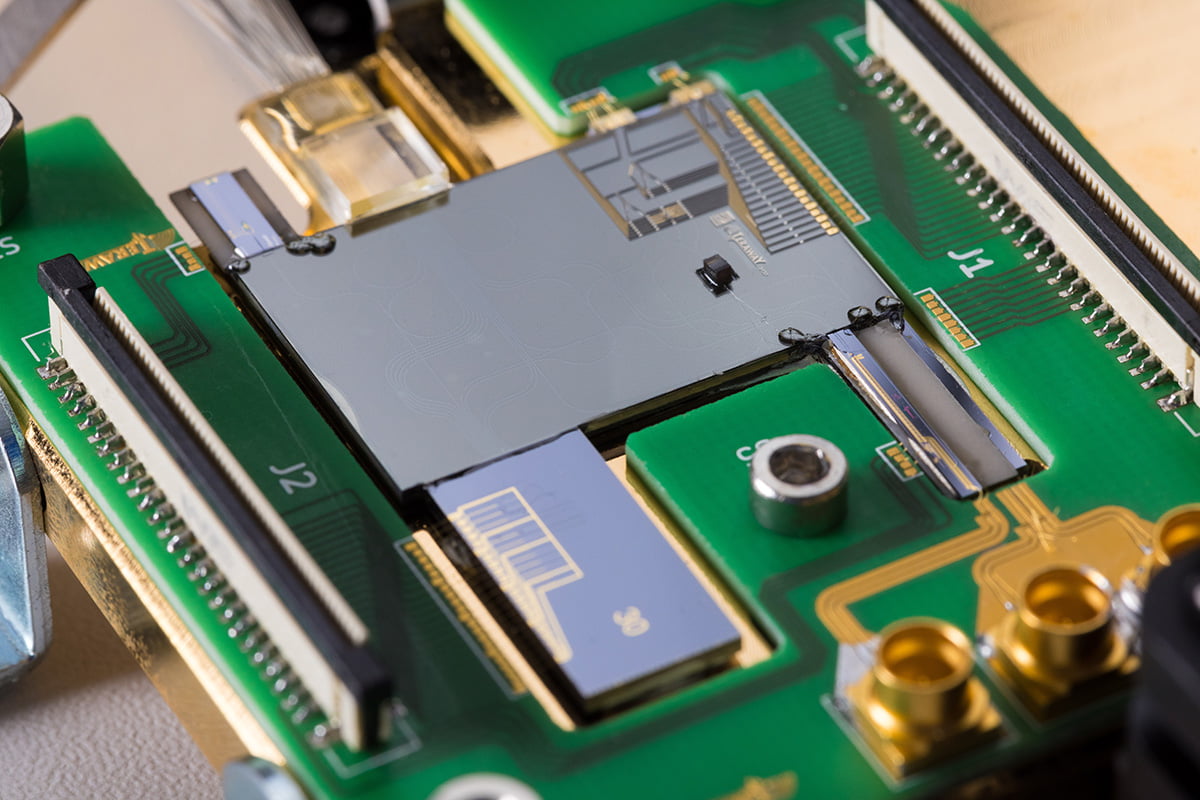
The global semiconductor industry is entering a defining era. With projections suggesting the market will surpass $1 trillion by 2030, much of this explosive growth is being fuelled by the relentless rise of artificial intelligence (AI). However, the demand for raw computing power is only part of the story. Equally critical is the need for











